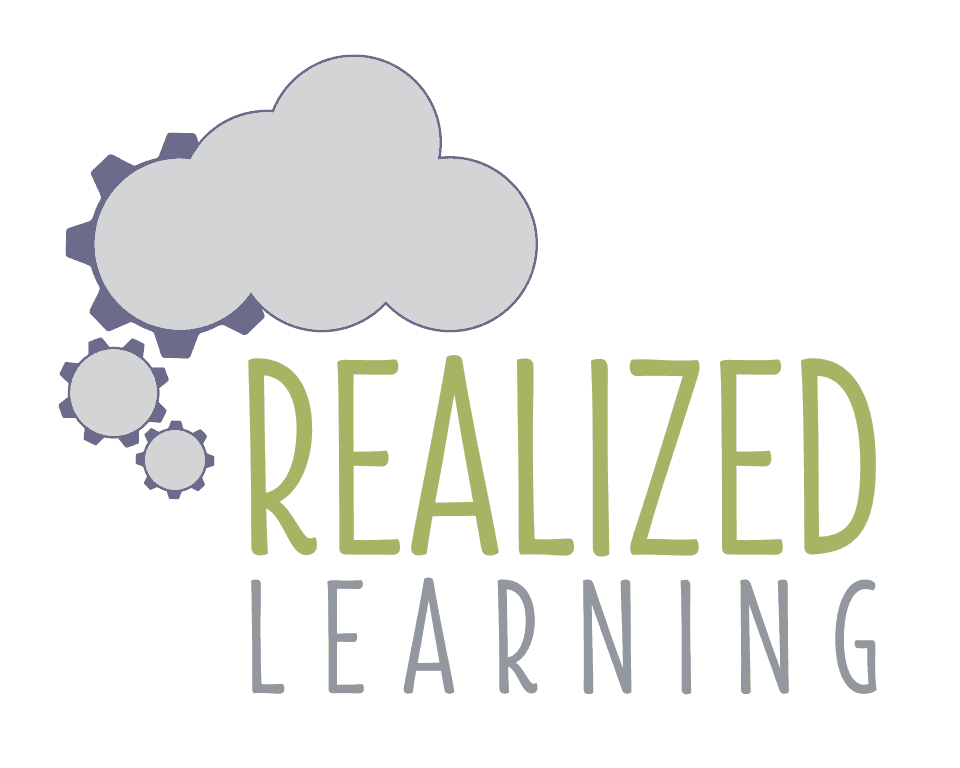It can be difficult to understand learning differences and disabilities when it seems like all of a sudden over the past 5-10 years it’s been slammed into the mainstream. There is a lot of information out there. In order to understand these learning differences, we do need to focus on what kinds of challenges and problems these create for learners. However, it can be easy to lose sight of the people who face these learning differences and the fact that maybe these differences create gifts and talents that can go unnoticed.
One comparison I really like is between Dyslexia and Autism. People who have Dyslexia are often big picture thinkers and people with Autism are often detail-oriented thinkers. It actually has to do with brain structure. But without getting into the nitty gritty, a good way to understand this one aspect of their learning is to say that people with Dyslexia more easily see the forest and may miss the individual trees, while people with Autism see the individual details of every tree, but miss the forest.
What this leaves us with is two groups of people with very different abilities and even more interesting, very different talents. When you’re looking for someone who can make broad connections, be an innovator, or see things others miss when identifying similarities between seemingly dissimilar things you want to work with someone who has Dyslexia. People with Dyslexia are often great entrepreneurs because they have a knack for seeing a bigger problem and figuring out how to solve it. When you’re looking for someone who can see those tiny details that slip past others, someone who can be meticulous and work with tasks that are often tedious and require complete focus on minutia, take small pieces and fit them together, and closely analyze structure and rules you want to work with someone who has Autism.
Our society is just starting to appreciate all of the wonderful things the ADD and ADHD brain can do. It’s taken us so long to see that while it may be a hindrance in some areas, it outperforms the neurotypical brains in many others. If we can take this kind of perspective when looking at people with non neurotypical brains, we will start to see all of the potential that’s waiting to be unleashed!
